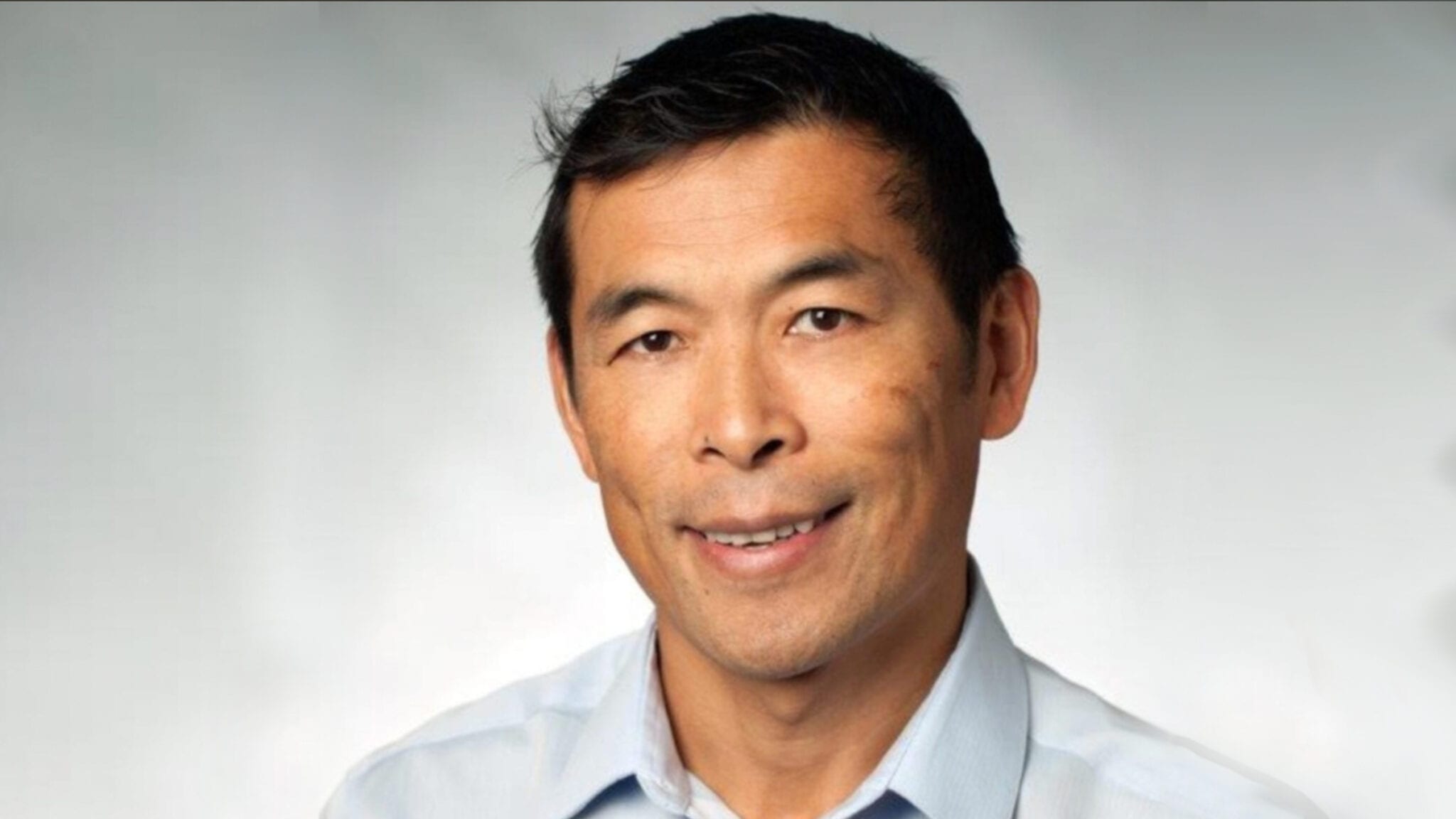
Zhi Hong, Brii Bio CEO (file photo)
Baptized by Covid-19 fire, Brii Bio reaps $320M Hong Kong IPO to carry on with pipeline for infectious diseases and beyond
Zhi Hong started Brii Bio three years ago with the clear vision that his trans-Pacific startup should have the best of both worlds …
Sign up to read this article for free.
Get free access to a limited number of articles, plus choose newsletters to get straight to your inbox.